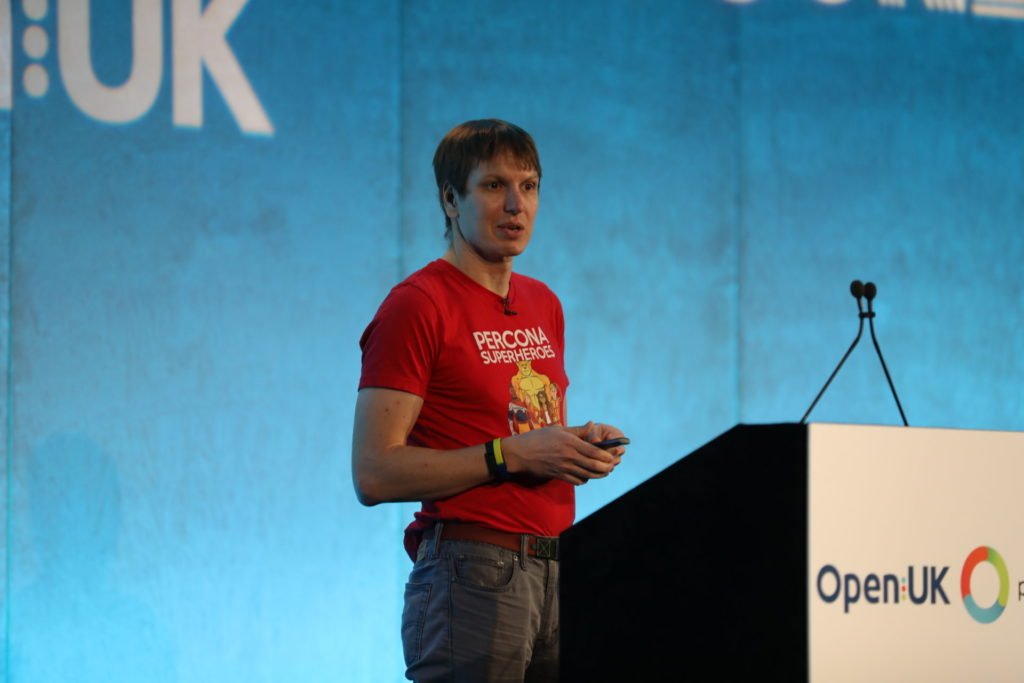Maximizing and Measuring Total Value of Online Events

Online Events is a great way to engage the community allowing for establishing deeper connection than you get from written costs, while a lot more cost effective than in-person event and having global reach.
Yet I think the full value of such Online Events is often not understood and measured correctly, leading to failing to get the full possible value from them. There tends to be excessive focus on the events themselves – how many people have registered and attended the event, rather than the value of the full cycle – Before, During, and After the event.
First, let’s clarify what I mean by Online events – It is anything ranging from a simple Webinar to an Online Conference or even a Hybrid Event – coming up with a great online experience for such events comes at extra cost and is better measured on its own.
Before Event
Promoting an Event is a great way to attract attention to your brand and build your position as a thought leader. It is not as direct as you asking people to buy your product and as such can have a better organic response. Speakers are also often open to promoting themselves by speaking at your event, helping to increase the reach and build your brand reputation. While driving registration is the important value you achieve from the actions before events, it is not the only one. At the same time, we need to ensure that as many people as possible attend our event. The typical attendance rate for free events currently does not exceed 30% of the registered participants. To increase this percentage, engaging the registered audience through captivating email campaigns or social posts before the event, sending reminders, and organizing the registration form with the participant’s calendar is necessary.
During Event
During the event you can measure the number of people who showed up, and their participation level – did they stay for a whole event or drop off after 5 minutes as well as engagement – were there any questions or discussions going on or was the audience totally passive? Increasing the audience’s activity is also a task for the organizers. Whether you engage people in a chat or conduct surveys, these activities need to be prepared in advance.
Post Event
In my opinion, post-event value is actually the most important – if set up correctly the event can provide value for months or even years after completion, especially if you do the extra work. These days you will see many people prefer to consume the content at their own convenience rather than specific time, often at accelerated speed, or skipping “boring parts”, so providing recording and slides (if applicable) is great. Providing subtitles and translation is also a great idea, allowing you to engage with non-English speakers and to consume your content when Audio is not appropriate (i.e. during mandatory boring meetings). Having such Online Event content transformed into a Blog Post/Article or a few allows us to engage people who prefer written content and deliver organic search traffic long term. “Bite-sized” key quotes or video snippets can be great on social media to help establish your brand as a leader and motivate people to review recorded content. In some cases, you can also use content delivered to produce some additional collateral – checklist, workbook, evaluation, etc.
Maximizing Total Value from Online Events, as you can see requires significant additional effort. From a resource planning standpoint, I would see the Events team needing to plan at least 3x as much time to run delivering a great event as a speaker does for their preparation and event participation. This effort should not stop at the Online portion of the event completion – plan for at least 50% of the effort on post-event activities to maximize the value of an online event.
If you do not have all the resources you need in-house? Consider supplementing your team with Underdog Consulting
Looking for new and creative ideas on how to improve your business? Let’s chat!

